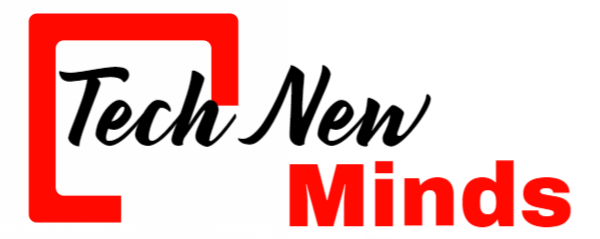Generally, workforce management objectives include analyzing the current workforce, forecasting future employment needs, and getting more from less. However, there are several hurdles to the widespread implementation of workforce management.
Analysis of the Current Workforce
Identifying and planning for a company’s workforce needs is an important aspect of business strategy. A workforce management solution like ADP helps companies adjust to the changing landscape of the workplace and enables companies to avoid panic hiring. It also allows companies to avoid overstaffing.
Workforce planning requires collaboration between executives and department heads. This process involves forecasting future needs, identifying current staffing needs, and analyzing employees’ skills and qualifications. In addition, it promotes a greater awareness of the organization’s human resources and helps companies stay efficient and profitable.
Various tools can be used to analyze an organization’s current and future workforce needs. These tools include HR information systems, which allow organizations to access employee job histories, performance evaluations, and other important HR-related records.
Another method is a solution analysis, which includes recruiting, hiring, training, and other staffing options. It also includes evaluating and tracking the organization’s risks. Finally, a solution analysis should include an action plan that helps the organization achieve its goals.
A talent distribution
Forecasting Future Employment Needs
Whether you have a short-term or longer-term business goal, forecasting your future employment needs is an important part of workforce management. With a proper forecast, your business may be able to meet its objectives. It could even lead to stress, burnout, and unmotivated staff.
Employment needs are largely related to production, sales, and service levels. The best way to forecast these needs is to analyze the current workforce. This allows you to determine gaps in your supply and demand. The more accurate your forecast, the easier it will be to fill positions and avoid layoffs.
Forecasting future employment needs can be done using various techniques. These include trend analysis, unit demand, and expert opinion. Some experts base their opinion on experience, intuition, and economic and social conditions. Other experts may come from a group or a long-range planning specialist. Combining expert opinions can increase confidence in expert estimates.
The most accurate forecasts are made in stable environments where production technology is steady, and product demand is consistent. For example, nursing homes may find that employment levels are most closely related to the number of patients.
Getting More Out of Less
Getting more out of less is a cliche, but one that’s worth pursuing. The best way to go about it is to find a unified workforce management solution that integrates your payroll, benefits, and human resources activities. This will also give your employees a higher level of transparency and improve their experience. It also allows remote employees to access their benefits and other HR information, which is a win-win for everyone involved.
The best way to get more out of less is to find a workforce management solution that is agile and responsive to changing business needs. This will also help to mitigate the effects of a labor shortage. For example, if you know that the company’s best employees are leaving, you can implement a succession plan to keep your business afloat until you find the next set of stars. You also want to ensure that your HR team can manage your employees’ needs in a timely and efficient manner, which can only be achieved by having a single centralized database.
One last thing to consider is the cost of implementing a unified workforce management solution. This is a big expense to your bottom line, so you want to find the best solution for your business. Several companies can help you find the right solution for your business.
Optimize Productivity and Reduce Risk
Whether your organization is small or large, workforce management is important to your organization’s success. It involves managing employees’ schedules, forecasting labor needs, and creating the appropriate staffing levels. Using these techniques will improve your organization’s productivity and reduce risk.
Workforce management software is designed to reduce administrative costs, improve operational agility, improve employee morale, and reduce non-compliance risk. It also provides the insight and feedback your organization needs to improve productivity and efficiency.
The most important part of workforce management is information. Optimizing your workforce requires a solid understanding of your employee’s skills, work styles, and support solutions. Then, with the right tools and technology, your organization can simplify the processes involved in scheduling, time tracking, reporting, and more.
Time tracking refers to the way your business records employee hours. This information is important because it can identify patterns of overtime and other time-consuming activities, as well as discrepancies in compensation. An effective time-tracking solution can eliminate costly human errors and improve resource utilization.
Training is another important part of optimizing your workforce. It can help you upskill employees, increase productivity, and ensure that skills are put to good use. Training can also improve team morale.
A plan aligned with your business goals is key to workforce optimization success. This will reduce the risk of making costly mistakes or injuries and help employees know their responsibilities.

